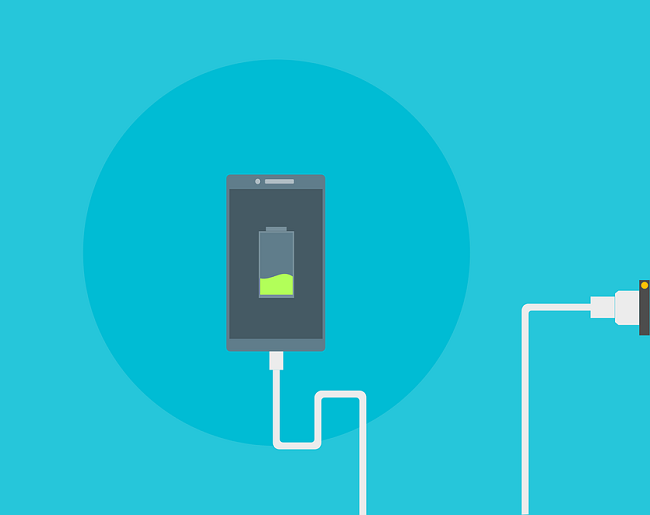Recent research shows that this generation uses their devices even when in real world shops.
According to the results of a new study, 84 percent of millennials are using in-store mobile commerce. This means that despite the fact that they’re shopping in a bricks and mortar store, they’re also using their smartphones. That statistic only underscores the importance of retail mobile features.
The “mobile generation” is heavily influenced by the use of their smartphones while in store.
That said, even though many millennials are shopping using in-store mobile commerce, retailers shouldn’t feel threatened. This, according to Alliance Data, the firm behind the study. Alliance Data says this is an opportunity for retailers to benefit. If merchants embrace the use of mobile shopping by customers while they are in-store, they may be able to better guide the experience. This could provide them with a significant advantage.
The majority of millennials use in-store mobile commerce to find cheaper or easier ways of buying.
 Knowing this can mean that retailers may be able to use the mobile shopping experience to prove they’re the best option. The survey data showed that one in three (34 percent) of millennials use their mobile devices to check product information. More than one in five (22 percent) use their smartphones to talk to friends about a product or service they’re considering.
Knowing this can mean that retailers may be able to use the mobile shopping experience to prove they’re the best option. The survey data showed that one in three (34 percent) of millennials use their mobile devices to check product information. More than one in five (22 percent) use their smartphones to talk to friends about a product or service they’re considering.
“Retailers need to embrace mobile as part of the path to purchase,” said Alliance Data senior analyst of strategic insights group, Tom Colven. When a shopper is using a smartphone for shopping purposes while in-store, it is likely that they are trying to determine whether the store’s price for a certain product is a good one and what their peers think of the purchase. “Any brick-and-mortar retailers that do not embrace mobile at this point and latch on to key moments…risk being left behind by competitors,” said Colven.
The role played by smartphones doesn’t stop with in-store mobile commerce. After a purchases is made, the influence expands. The research showed 16 percent share that they have made the purchase over social media. Shopping experience details and unboxing information is also commonly shared.
You may be able to use your smartphone for double the time as early as 2017 with new tech.
Smartphone tech is moving forward at a lightning speed but mobile battery technology has not managed to keep up. Our phones are an increasingly important and central part of our daily lives. For this reason, they are becoming faster, more powerful and with higher resolution displays. Those features require energy.
Unfortunately, the amount of energy they require is too much for the average smartphone battery life.
Among the main struggles faced by smartphone owners is the need for a better phone battery. Mobile battery technology is falling short of an average user’s usage requirements. As smartphones become more awesome, they are consuming a larger amount of juice in a smaller amount of time. The phone lithium-ion batteries have not increased in capacity at the same rate as phones have increased in need.
 However, new technology under development by SolidEnergy Systems may have the potential to change that. The company has been focused on improving drone battery life, but this tech could also have other applications – smartphones, for example.
However, new technology under development by SolidEnergy Systems may have the potential to change that. The company has been focused on improving drone battery life, but this tech could also have other applications – smartphones, for example.
This mobile battery technology uses lithium metal foil anodes instead of using graphite.
The foil makes a considerable difference. Today’s mobile battery graphite anodes are considerably thicker. In fact, the foil is only 20 percent the thickness of the anodes made from graphite. This is important because it gives batteries more physical space for improving capacity.
SolidEnergy CEO Qichao Hu said this difference will let tomorrow’s batteries hold twice the capacity. Said simply: batteries will be able to fit much more power into the same amount of space. Hu explained that this means twice the capacity in the same physical size battery or the same capacity in a half-size battery.
Moreover, SolidEnergy isn’t just working on a concept anymore. Its prototype battery was unveiled last year. At that time, the prototype was already half the physical size of the battery in an iPhone 6. Yet, it had a 2.0 amp hours capacity. The iPhone 6 battery has a 1.8 amp hours capacity. Therefore, in half the physical space, the mobile battery technology already offered more than twice the capacity.
 Knowing this can mean that retailers may be able to use the mobile shopping experience to prove they’re the best option. The survey data showed that one in three (34 percent) of millennials use their mobile devices to check product information. More than one in five (22 percent) use their smartphones to talk to friends about a product or service they’re considering.
Knowing this can mean that retailers may be able to use the mobile shopping experience to prove they’re the best option. The survey data showed that one in three (34 percent) of millennials use their mobile devices to check product information. More than one in five (22 percent) use their smartphones to talk to friends about a product or service they’re considering.
 However,
However, 